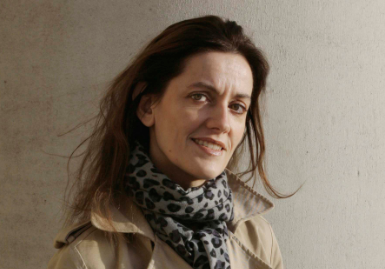Internet and emerging artists offer rich pickings
The most exciting major change in the art market in recent years is the development of internet. It has the potential to dramatically expand the art world, giving many more artists all over the world the opportunity to sell their work and opening up the art market to millions of art lovers all over the world. So says Rebecca Wilson, chief curator and director of artist development at Saatchi Art.
“The art world has historically been exclusive and relatively small, and it’s a world that many people haven’t felt welcomed by,” she says. “Buying work online can cut through that, enabling people to discover works they love from countries all over the world, and to make purchases in an accessible way without going through the hurdles you can encounter at bricks and mortar galleries.
“I think it’s also going to have an impact on how artists decide they want to show their work, and the allure of the bricks and mortar gallery may change as more and more artists begin to appreciate the huge global audiences they can reach online. It’s early days but the potential for transformation is huge.”
She adds that while brick and mortar galleries usually take 50% commission, which doubles the price set by artists, online galleries have fewer overheads, and are able to keep prices lower – which benefits collectors.
Wherever you purchase your art, Wilson believes the most secure investments are either ‘brand name’ artists – if you can afford it – or work by emerging artists, where the possibility of major returns can be considerable, if you are patient.
Spotting an emerging artist can be a thrill, and she recommends visiting as many degree shows as possible in order to catch them early.
“By focusing on emerging artists you can acquire beautiful works at reasonable prices and find works within a range of budgets – but there are no guarantees about investing in art, so the first criteria should be that you love the work you buy,” she advises. “You don’t need deep pockets to discover the next Gerhard Richter or Damien Hirst. But you also need to be prepared for the work not to go up in value.”
She adds that the art market is currently experiencing an influx of collectors with deep pockets from parts of the world which haven’t been historically active in the west. These new collectors are now participating at auctions and want to acquire, in particular, “trophy” works by brand name artists.
While spotting the stars of the future is more of a gamble, it does encourage a deep, and usually very enjoyable, engagement with the contemporary art world. If you decide to invest in work by a particular artist and plan to sell it at a future date, it is wise to follow that artist’s career, she adds.
“Follow an artist’s CV very closely, looking at how many solo shows the artist has had, participation at major biennales, awards, trying to gauge what the increase in prices has been since you bought the artist’s work, and see if any of the artist’s works have come up at auction which is perhaps the main arbiter in terms of an artist’s value,” suggests Wilson.
In addition to casting your net wide enough to capture some of the newest and most exciting artists, she suggests looking to the emerging markets, which often have much to offer the serious collector.
“It’s exciting to explore what’s going on in emerging markets such as Latin America, South Korea, Brazil, Japan, China, and India. These countries are growing art hubs with many of their most exciting artists yet to be discovered by western galleries,” she says.
